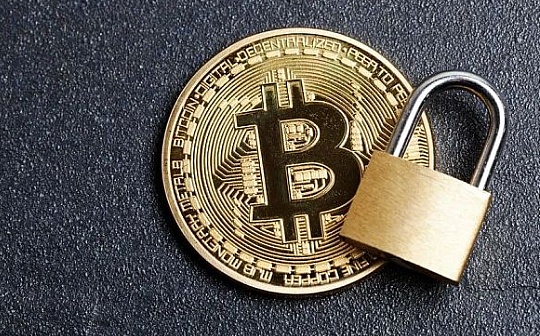What does lock-up in the currency circle mean? How can I withdraw the locked coins?
- AlexanderOriginal
- 2024-09-28 11:25:351121browse
Coin Circle Locking In Coin Circle, locking refers to depositing digital assets into a designated address or platform, which cannot be withdrawn or traded within a specific period of time. Locking is usually used by project parties or platforms to encourage users to hold and participate in projects for a long time.

Lock-up in the currency circle: concept and unlocking method What is lock-up?
In the cryptocurrency world, staking refers to storing tokens in a specific contract or platform for a period of time, without being able to trade or withdraw them. This is often done to incentivize users to hold tokens and provide liquidity or raise funds for projects.
Types of staking There are many types of staking, including:
Liquidity staking: Tokens are locked in a liquidity pool to provide liquidity and mitigate price fluctuations.
Staking: Tokens are staked into the blockchain network to verify transactions and receive rewards.
Token Sale Lockup: During a token sale, tokens are locked for a period of time to prevent early investors from selling.
Special purpose staking: For example, some projects lock tokens to fund development or as ecosystem rewards.
Benefits of locking up Locking up can bring the following benefits:
Incentivize users to hold: By limiting token transactions, locking up encourages users to hold for a long time, thus Reduce selling pressure.
Provide liquidity: Liquidity locking provides liquidity for transactions, reduces price fluctuations and enhances transaction depth.
Raising Funds: Token sale staking helps projects raise funds as tokens must be held for a specific time.
Build an ecosystem: Special purpose lock-ups can be used to support project development, reward participants, or build a strong ecosystem.
How to unlock locked coins Locked coins usually cannot be withdrawn immediately. The unlocking time and method depend on the lock type and the project’s rules. Here are some common methods:
Time Expiration: On the scheduled unlock date, the tokens will automatically unlock and can be withdrawn.
Complete tasks: Some stakings require users to complete specific tasks, such as staking or providing liquidity, in order to unlock tokens.
Pay unlocking fees: Some projects allow users to unlock tokens early by paying unlocking fees.
Notes Locking involves some risks that need to be considered:
Token value fluctuations: During the locking period, the value of the token may fluctuate. If the value drops, users may not be able to recoup their investment.
Cannot be traded or withdrawn: Locked tokens cannot be traded or withdrawn, which may limit user flexibility.
Project Failure: If the project fails or defaults, locked tokens may be lost. Conclusion Locking is a common practice in the cryptocurrency community to incentivize users to hold, provide liquidity, and raise funds.
Understanding the types, benefits and risks of unlocking is crucial for users to make informed decisions. By following the rules and requirements set by the project, users can unlock and withdraw their coins after the lockup is completed.
The above is the detailed content of What does lock-up in the currency circle mean? How can I withdraw the locked coins?. For more information, please follow other related articles on the PHP Chinese website!

